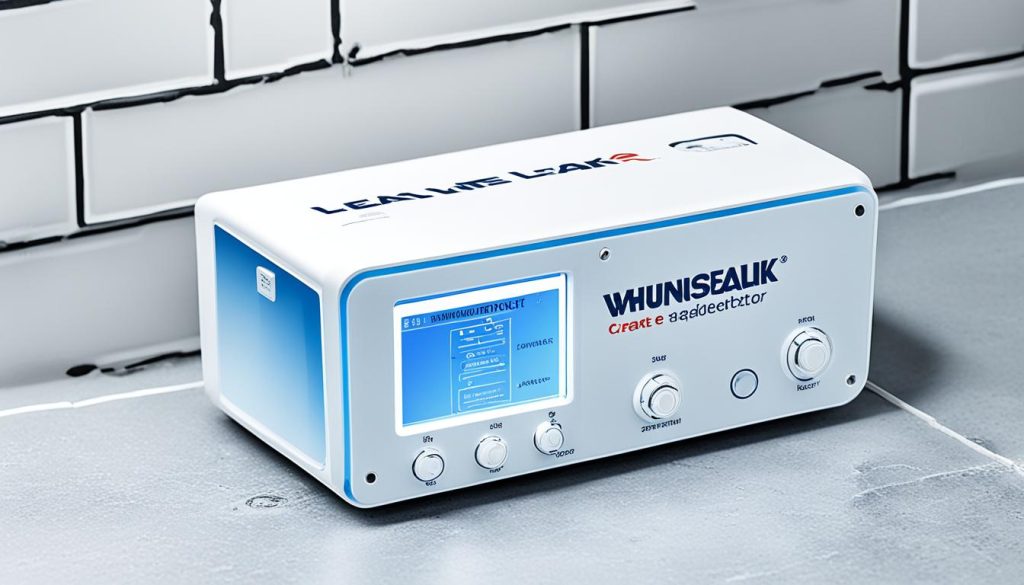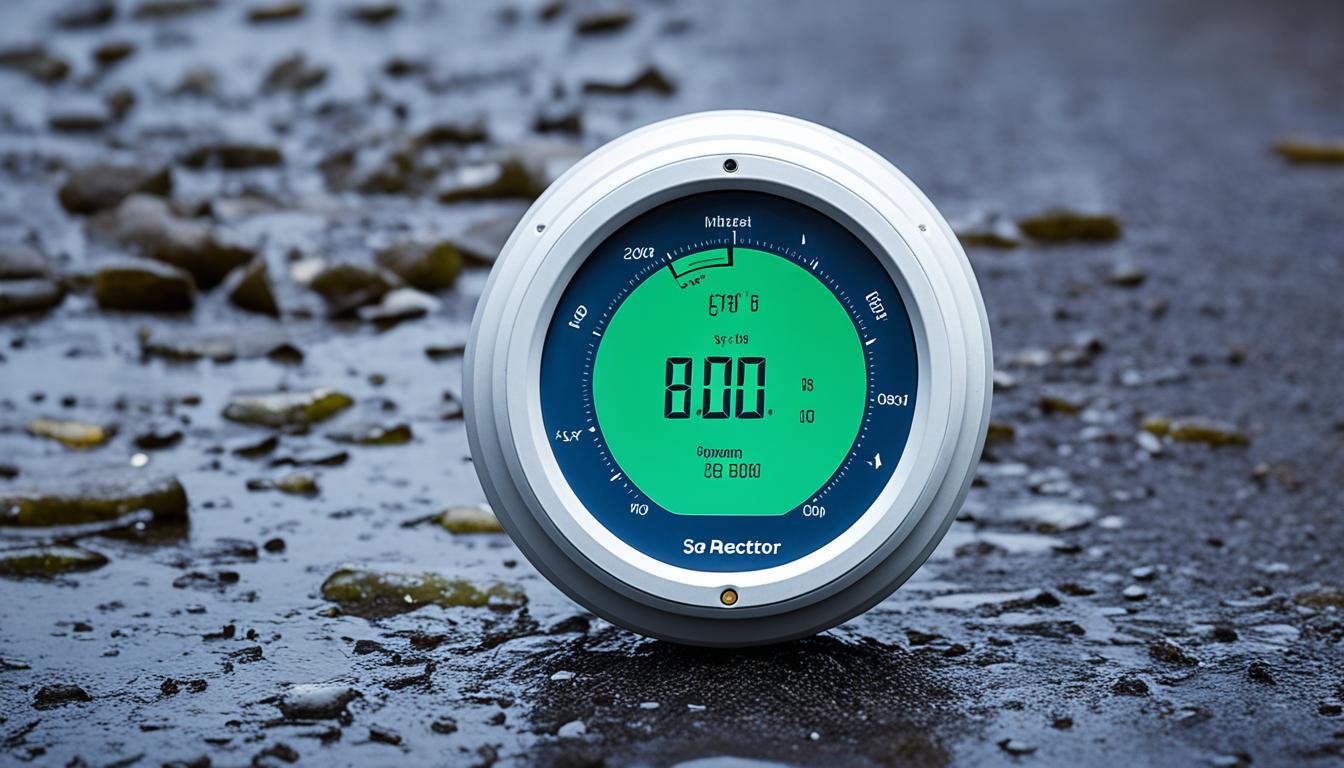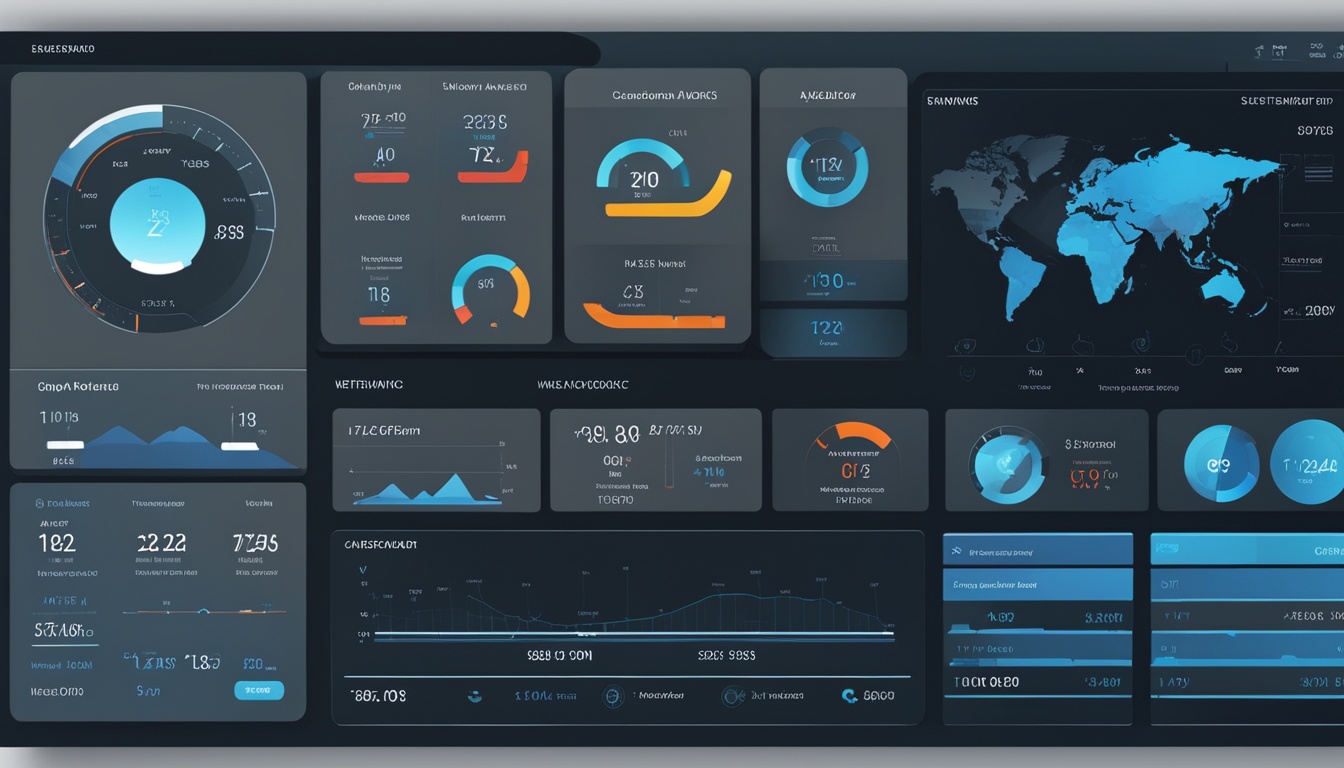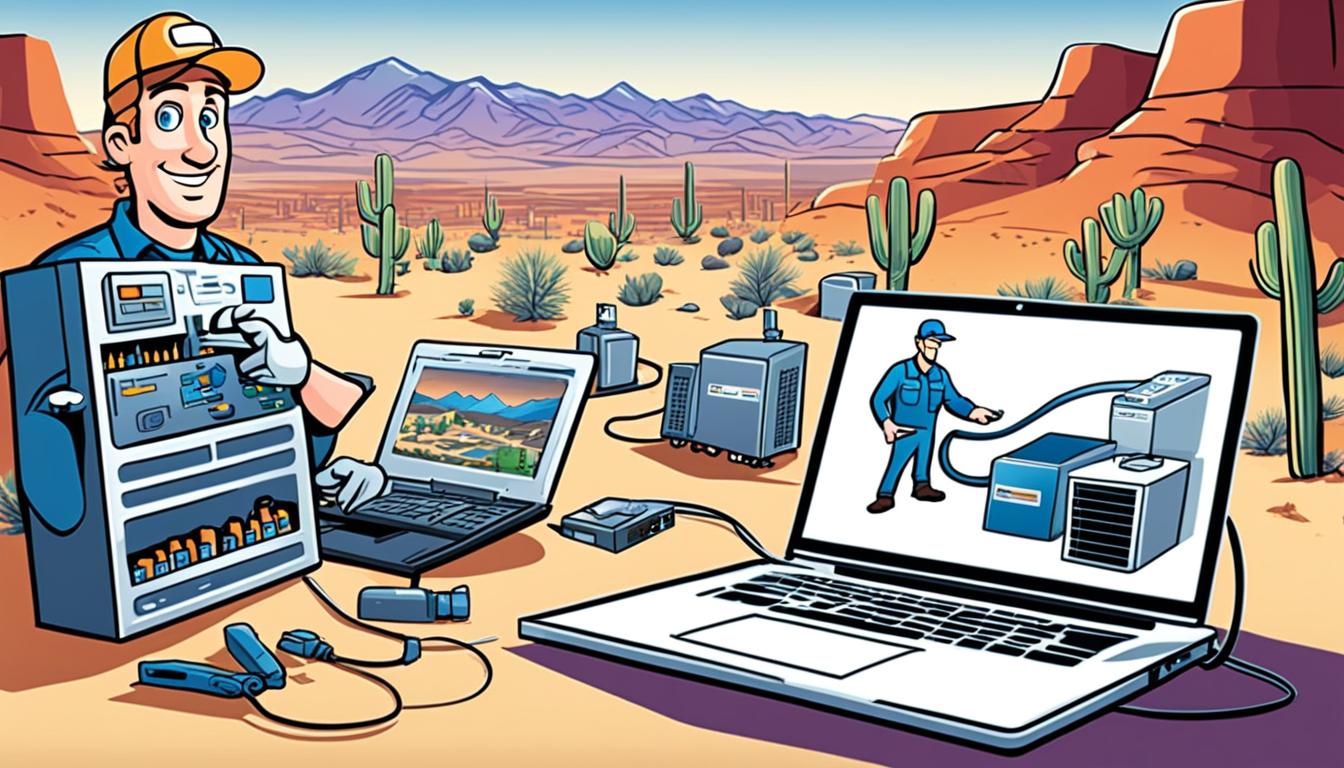Imagine this: you’re an AC repair contractor, diligently working to fix a faulty unit on a scorching summer day. As you investigate the issue, you realize there’s a sneaky leak causing all the troubles. But here’s the catch – the reliability of your leak detector is compromised due to the environmental conditions around you. Frustration sets in as you struggle to pinpoint the exact location and severity of the leak, leading to wasted time, effort, and potentially unsatisfied customers.
Does this scenario sound familiar? The impact of environmental factors, such as humidity and temperature, on the performance of leak detectors cannot be underestimated. Whether you’re a seasoned professional or just starting in the industry, understanding how these variables affect leak detection methods is crucial for effective water damage prevention.
Key Takeaways:
- Humidity levels in the air can affect the accuracy and reliability of leak detection methods.
- High humidity can cause moisture to interfere with the readings of leak detectors, leading to false alarms or missed leaks.
- Low humidity can cause dryness and static electricity, which can also affect the functioning of leak detectors.
- Temperature variations can cause sensors to malfunction or give inaccurate readings.
- Strategies like proper ventilation, humidity sensors, and regular maintenance can help mitigate the impact of environmental conditions on leak detection methods.
The Influence of Humidity on Leak Detection Methods
Humidity levels play a crucial role in the effectiveness of leak detection methods. High humidity can create a moist environment that can affect the accuracy of leak detection. Moisture in the air can interfere with the readings of leak detectors, leading to false positives or false negatives.
Leak detection methods that rely on moisture detection, such as moisture sensors or moisture meters, may be affected by high humidity levels. These devices use the presence of moisture to identify potential leaks. However, in high humidity conditions, the excess moisture in the air can interfere with the functioning of these sensors, leading to inaccurate readings.
On the other hand, low humidity can also impact leak detection. In environments with low humidity, such as arid regions, the air can become dry, which can result in static electricity buildup. This static electricity can disrupt the proper functioning of leak detectors and affect their sensitivity to detect leaks.
To ensure accurate and reliable detection of leaks, it is essential to calibrate and adjust leak detection methods according to the humidity levels in the environment. This calibration process takes into account the current humidity conditions and fine-tunes the sensitivity of the detectors to provide accurate readings.
In addition to calibration, implementing humidity sensors alongside leak detection systems can help monitor the humidity levels in real time. These sensors can provide valuable data on the moisture content in the air, allowing contractors to analyze the impact of humidity on leak detection and take appropriate measures.
By understanding the influence of humidity on leak detection methods, contractors can optimize their systems and enhance the accuracy of leak detection, ultimately leading to effective water damage prevention.
Strategies for Mitigating the Impact of Humidity on Leak Detection

To effectively mitigate the impact of humidity on leak detection, several strategies can be implemented. By taking proactive measures, you can minimize the risk of water damage and ensure the optimal performance of your leak detection systems.
1. Ensure Proper Ventilation and Airflow
Good airflow and ventilation are crucial in areas monitored for leaks. By promoting air circulation, you can reduce humidity levels and prevent moisture accumulation. This helps create an environment that is less prone to false alarms or missed leaks.
2. Utilize Humidity Sensors
Combining humidity sensors with your leak detectors can provide more accurate and reliable results. Humidity sensors measure the moisture content in the air, providing valuable data for leak detection. This allows you to detect and address leaks promptly, preventing potential water damage.
3. Regular Maintenance and Calibration
Regular maintenance and calibration of your leak detection systems are essential to ensure optimal performance in different environmental conditions. By scheduling routine inspections, you can identify and resolve any issues that may arise due to humidity. Calibration ensures that your systems are accurately detecting leaks, enhancing their effectiveness.
4. Implement Moisture Control Strategies
Moisture control strategies such as dehumidification and moisture barriers can significantly minimize the impact of humidity on leak detection. Installing dehumidifiers in moisture-prone areas helps maintain optimal humidity levels, reducing the chances of false readings. Moisture barriers, such as waterproof coatings or sealants, provide an extra layer of protection against water damage.
By implementing these moisture control strategies and considering the impact of environmental conditions, you can enhance the reliability and accuracy of your leak detection methods. Preventing water damage and maintaining a safe environment becomes more achievable when you proactively address the influence of humidity.
In Summary
Effective leak detection depends on mitigating the impact of environmental conditions, particularly humidity. By ensuring proper ventilation, utilizing humidity sensors, performing regular maintenance and calibration, and implementing moisture control strategies, you can enhance the performance of your leak detection systems and prevent water damage. Protecting your clients’ properties and providing reliable solutions are key priorities in the AC repair industry, making these strategies essential for contractors.
The Role of Temperature in Leak Detection
Temperature variations can have a significant impact on the performance of leak detectors. Extreme hot or cold temperatures can affect the sensors and electronics of leak detection systems, compromising their accuracy and reliability. When exposed to high temperatures, sensors may malfunction or provide inaccurate readings, leading to false alarms or missed leaks. Conversely, low temperatures can interfere with the sensitivity and responsiveness of detectors, potentially causing them to overlook leaks.
To ensure optimal performance, it is crucial for AC repair contractors to consider the temperature ranges specified by the manufacturer for leak detection systems. Following these guidelines and ensuring that the detectors operate within the recommended temperature range is essential. Regular maintenance and calibration of the systems can help identify any temperature-related issues and address them promptly, thus enhancing the performance of leak detectors.
Contractors can also implement some practical strategies to mitigate the impact of temperature on leak detection. For instance, they can create a controlled environment by providing proper insulation or temperature regulation near the detection systems. This can help minimize the effects of temperature variations on the detectors, ensuring reliable and accurate leak detection. Additionally, using temperature sensors alongside leak detectors can provide valuable data on temperature fluctuations, allowing contractors to correlate temperature changes with potential leaks.
By understanding the role of temperature in leak detection and taking proactive measures to manage its impact, AC repair contractors can enhance the overall performance of their leak detection systems. This, in turn, enables more effective water damage prevention, leading to increased customer satisfaction and reduced repair costs.





0 Comments